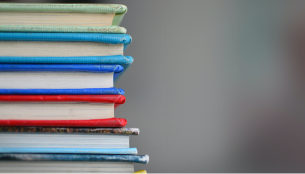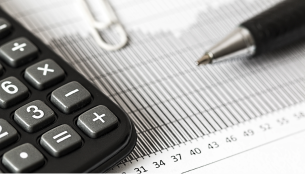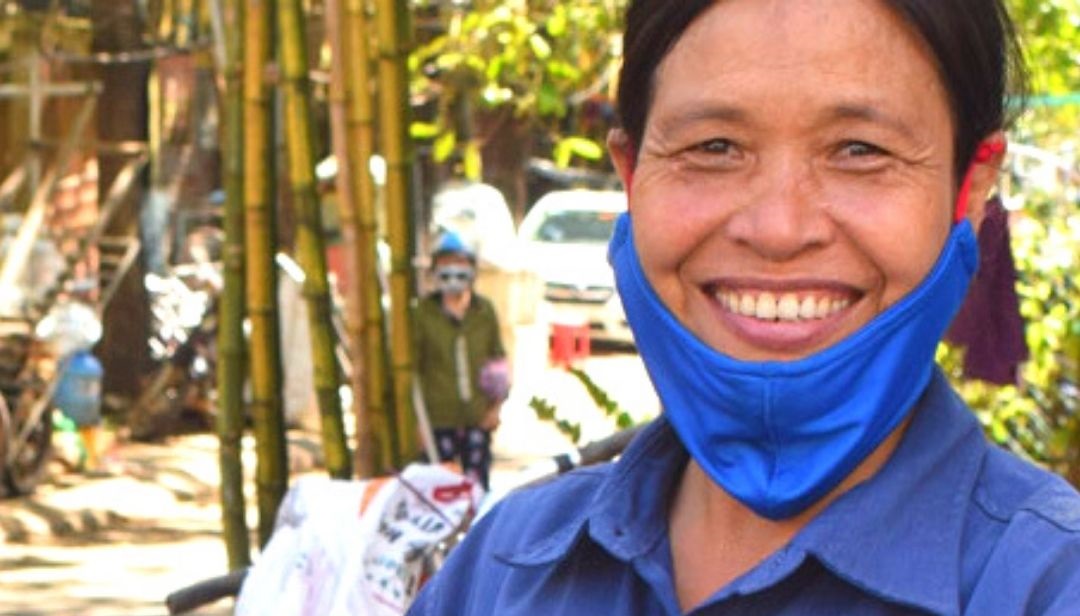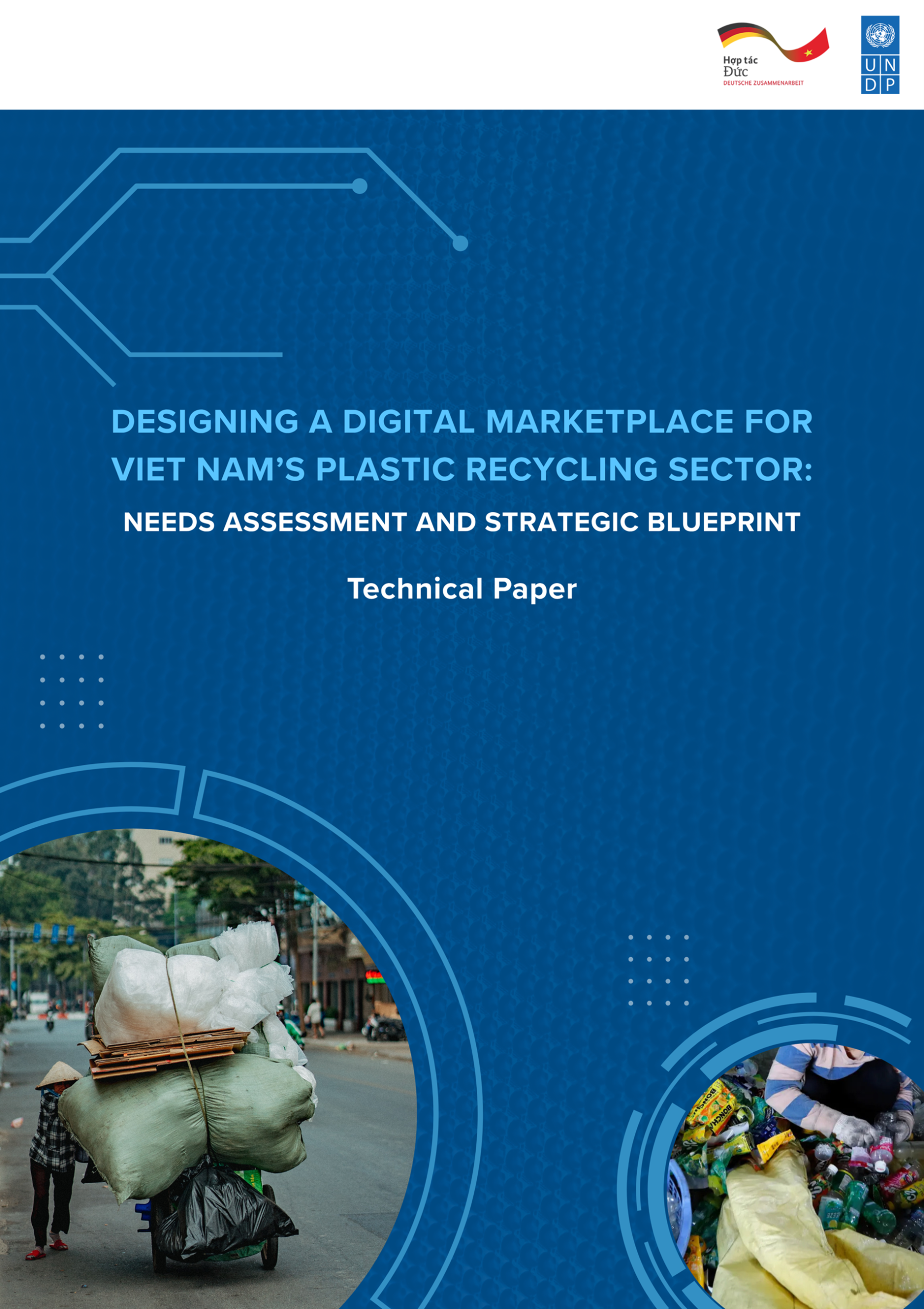Prospects for Transitioning from a Linear to Circular Economy in Developing Asia
Unsustainable consumption, driven by the increasing extraction of raw materials, manufacturing, and production, is contributing to environmental degradation and the acceleration of climate change. In developing Asia, consumption trends will continue to rise as populations and economies grow. Shifting from the current “take–make–dispose” linear consumption pattern to a more circular economy provides an opportunity for governments to rewrite the narrative by decoupling economic output from increased resource use and environmental degradation. A circular economy aims to drive economic growth in a sustainable manner by maximizing resource efficiency while minimizing environmental impacts and greenhouse gas emissions.
Prospects for Transitioning from a Linear to Circular Economy in Developing Asia overviews circular economy principles and provides policy recommendations to promote the transition to circularity. Part I describes the evolution of circular economy in the region and highlights key related initiatives and prospects for future growth. Part II looks at the regulatory and legal frameworks for plastics, such as extended producer responsibility, and assesses their adequacy to stem unsustainable production and minimize the disposal of plastic waste. Part III offers examples of circular economy investment and innovation and calls for effective policies to incentivize and strengthen circular business models.












